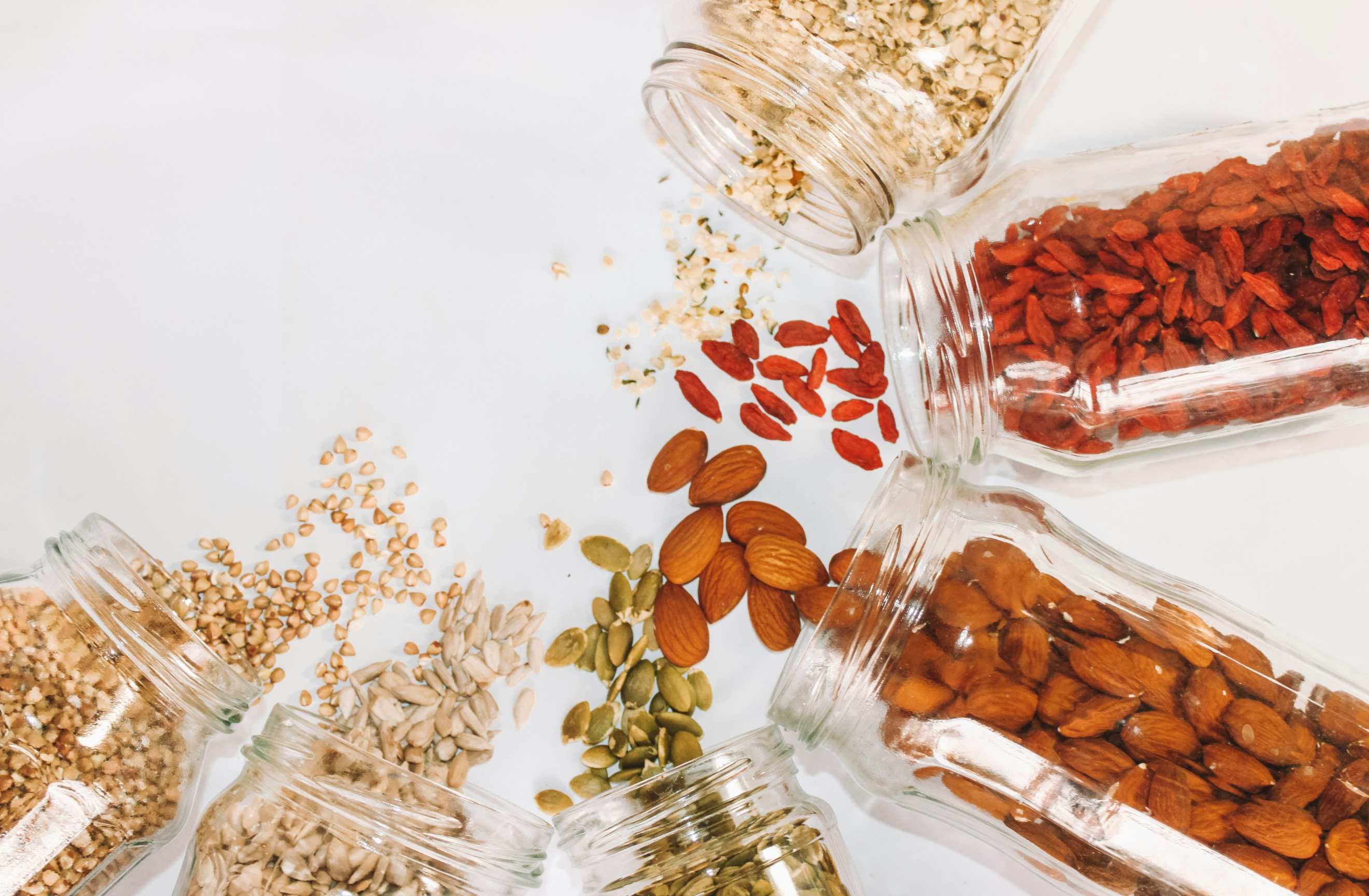
TOP ANTIOXIDANT-RICH FOODS: BOOST YOUR HEALTH AND COMBAT FREE RADICALS
Why should we care about antioxidants in our diet? Because they play a vital role in protecting our health. Every day, our bodies are exposed to free radicals—unstable molecules that can damage our cells. These molecules are produced naturally in the body and triggered by external factors like pollution, UV rays, smoking, and harmful chemicals. When free radicals accumulate, they cause oxidative stress, a process that accelerates ageing and increases the risk of chronic diseases such as heart disease and cancer.
Antioxidants are the body’s natural defence against this damage, neutralising free radicals and reducing their harmful effects. Many of the most potent antioxidants come from plant-based foods such as fruits, vegetables, herbs, and spices. But which foods are the best? Researchers have analysed the antioxidant content of over 3,100 foods worldwide, ranking them by their potency.
In this article, we’ll delve into why antioxidants matter and reveal the top-ranked natural sources to help you optimise your diet.
UNDERSTANDING HOW ANTIOXIDANTS ARE MEASURED
To measure antioxidant content, researchers use the unit mmol/100 g (millimoles per 100 grams or per 3.53 ounces). This standardised unit reflects the ability of a food to neutralise free radicals, making it easier to compare antioxidant potency across different foods.
By using this measurement, we can rank foods by their antioxidant power, highlighting how some foods are particularly rich in these protective compounds while others contain only modest amounts. Here’s a look at the best natural sources of antioxidants, listed from highest to lowest antioxidant content.

1. HERBS & SPICES: A CONCENTRATED SOURCE OF ANTIOXIDANTS
Herbs and spices are some of the most concentrated sources of antioxidants. For example, clove leads the pack with an impressive range of 115–465 mmol/100 g, depending on processing and measurement methods. Dried mint leaves stand out as well, containing between 70 and 140 mmol/100 g. Other commonly used spices, including peppermint, cinnamon, oregano, and rosemary (all dried and ground) also shine, offering antioxidant levels between 30 and 60 mmol/100 g [1,2].
Incorporating these spices into your meals not only enhances flavour but also provides a significant boost to your antioxidant intake. A simple sprinkle of cinnamon in your coffee or oregano in your pasta sauce can make a difference.

2. BEVERAGES: COFFEE & TEA
Tea powders, unprocessed leaves, and coffee beans are among the most antioxidant-rich beverages. Matcha, in particular, is often celebrated as an antioxidant powerhouse, and if you're a matcha enthusiast, you know ceremonial-grade matcha is frequently recommended as the best option. However, a study comparing the antioxidant capacity of culinary-grade matcha to ceremonial-grade matcha revealed that culinary-grade matcha contains slightly more antioxidants (239.91 mmol/100 g) compared to ceremonial-grade matcha (214.20 mmol/100 g) [4].
Despite this, ceremonial-grade matcha remains the preferred choice for its superior nutrient density. Harvested from the youngest tea leaves, it offers a smooth flavour and an abundance of beneficial compounds like L-theanine and chlorophyll [3].

3. NUTS: SMALL BUT MIGHTY
Nuts are another fantastic source of antioxidants, with walnuts leading the category at 33.3 mmol/100 g. Pecans follow with 8.5 mmol/100 g, while hazelnuts, almonds, and peanuts contain lower yet still beneficial amounts, ranging from 0.2 to 2 mmol/100 g. To maximise antioxidant intake, choose nuts with their skins intact, as the pellicles are especially rich in polyphenols [1,2].

4. CHOCOLATE: THE DARKER, THE BETTER
When it comes to chocolate, the higher the cocoa content, the better its antioxidant profile. Dark chocolate with 70–99% cocoa contains 10.9 mmol/100 g, making it a clear winner. Milk chocolate, with only 24–30% cocoa, lags far behind at 1.8 mmol/100 g. Chocolates with intermediate cocoa content (40–65%) provide 7.2 mmol/100 g [1,2]. The flavonoids in cocoa are responsible for these health benefits, but it’s important to choose varieties with minimal added sugar or additives.

5. FRUITS: BERRIES TAKE THE CROWN
While most fruits and vegetables provide a fair amount of antioxidants, berries are undoubtedly the frontrunners in this category. For example, apples and papayas provide around 0.4 to 0.6 mmol/100 g. In comparison, berries such as blackberries, cranberries, and goji berries are much richer in antioxidants, with levels ranging from 1.90 to 6.31 mmol/100 g [2].
Another standout fruit for its impressive antioxidant content is baobab. Often hailed as a superfood, baobab provides 10.84 mmol/100 g, and even its leaves have an antioxidant level of 48.07 mmol/100 g [1].

6. SEEDS AND GRAINS
While seeds and grains may not offer as many antioxidants as the foods highlighted in the previous categories, certain varieties stand out within their groups. When it comes to seeds, yellow mustard seeds, sunflower seeds, and flaxseeds are worth noting. As for grains, buckwheat, millet, and barley flours are among the top contenders [1,2].
BOTTOM LINE
Antioxidants are crucial for protecting your body from oxidative stress, which accelerates ageing and increases the risk of chronic diseases. Foods like herbs, spices, matcha, coffee, dark chocolate, and berries are among the richest sources, while nuts, seeds, and grains provide additional benefits. By including a variety of these antioxidant-rich foods in your diet, you can enhance your body’s natural defences and support long-term health.
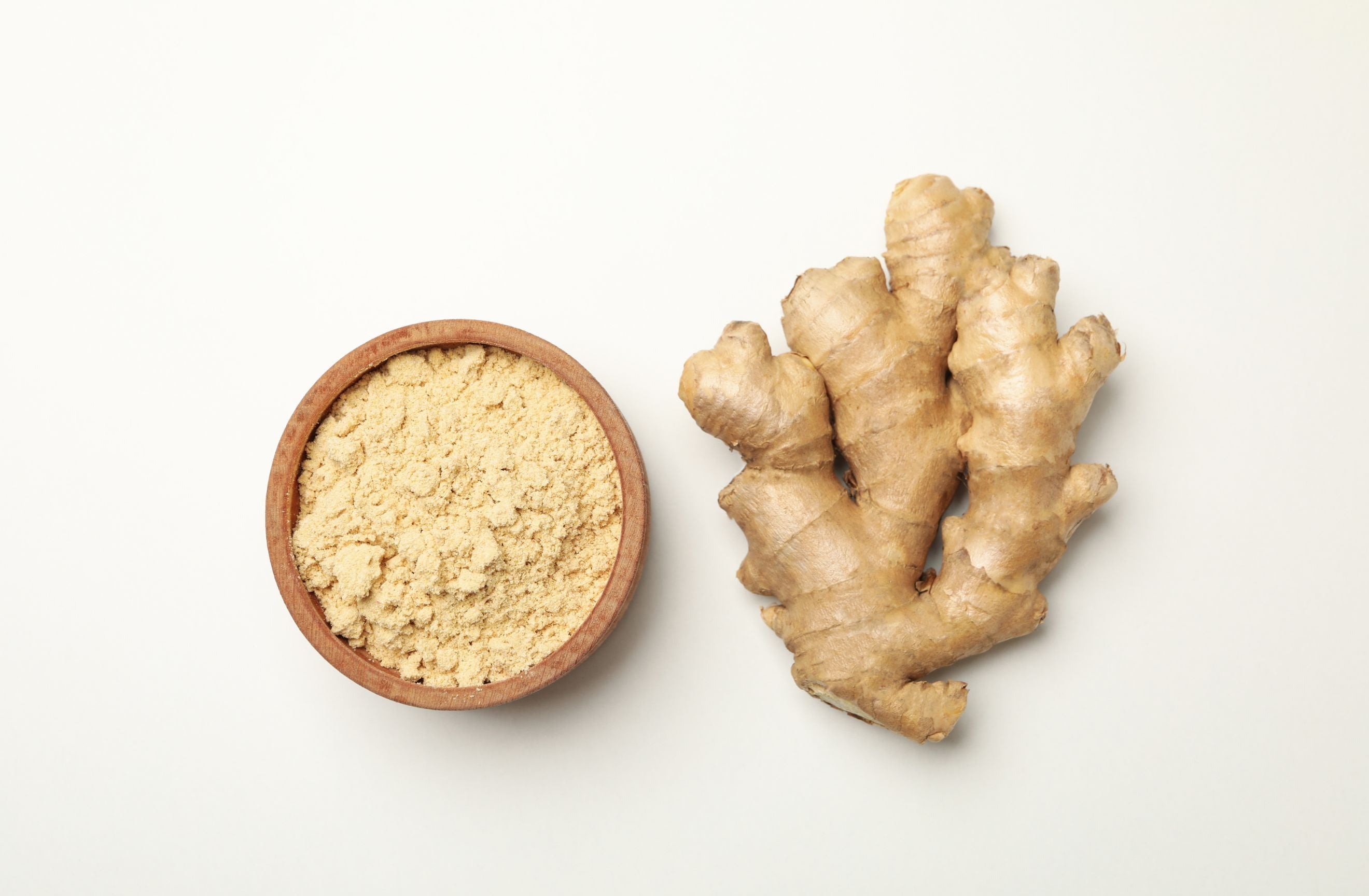

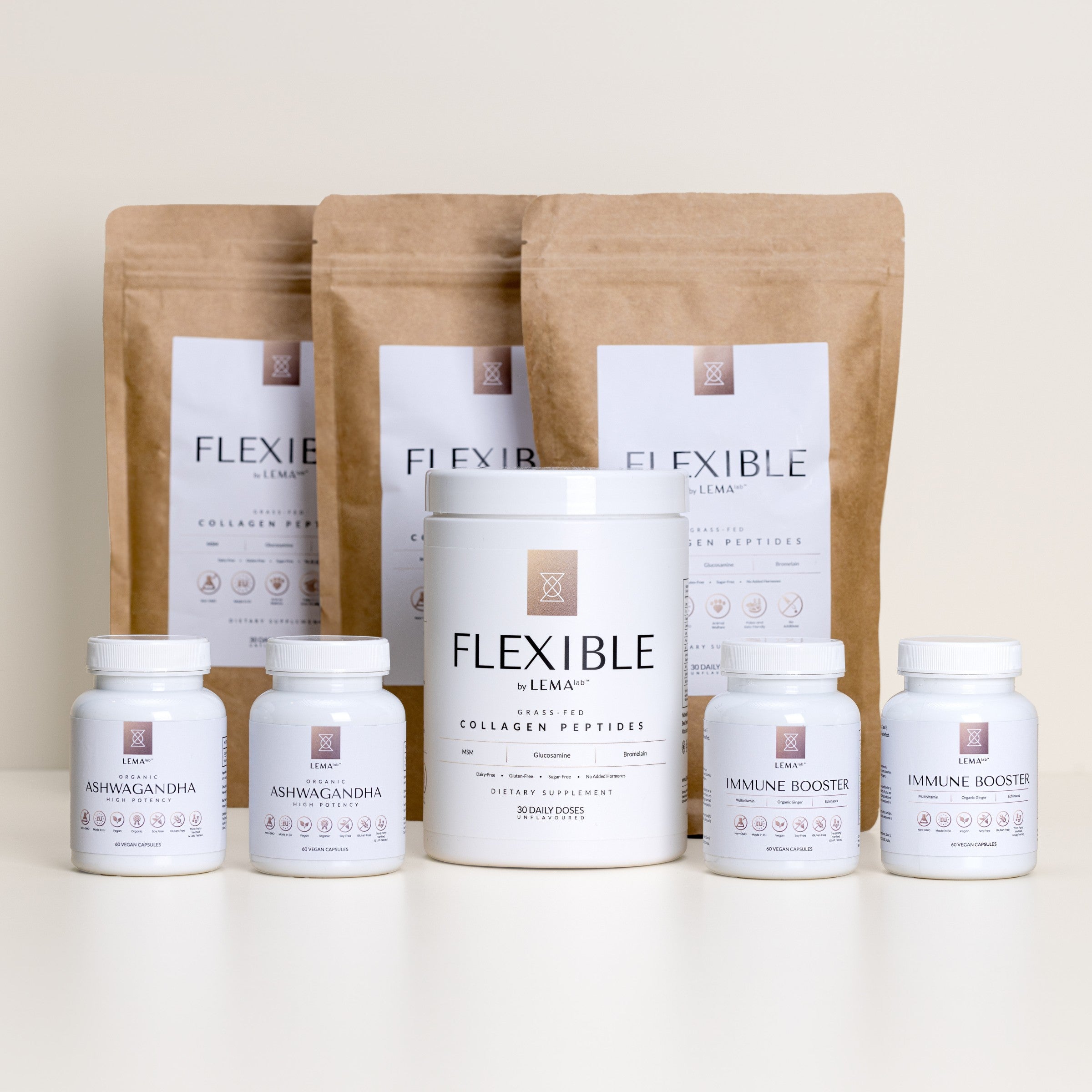
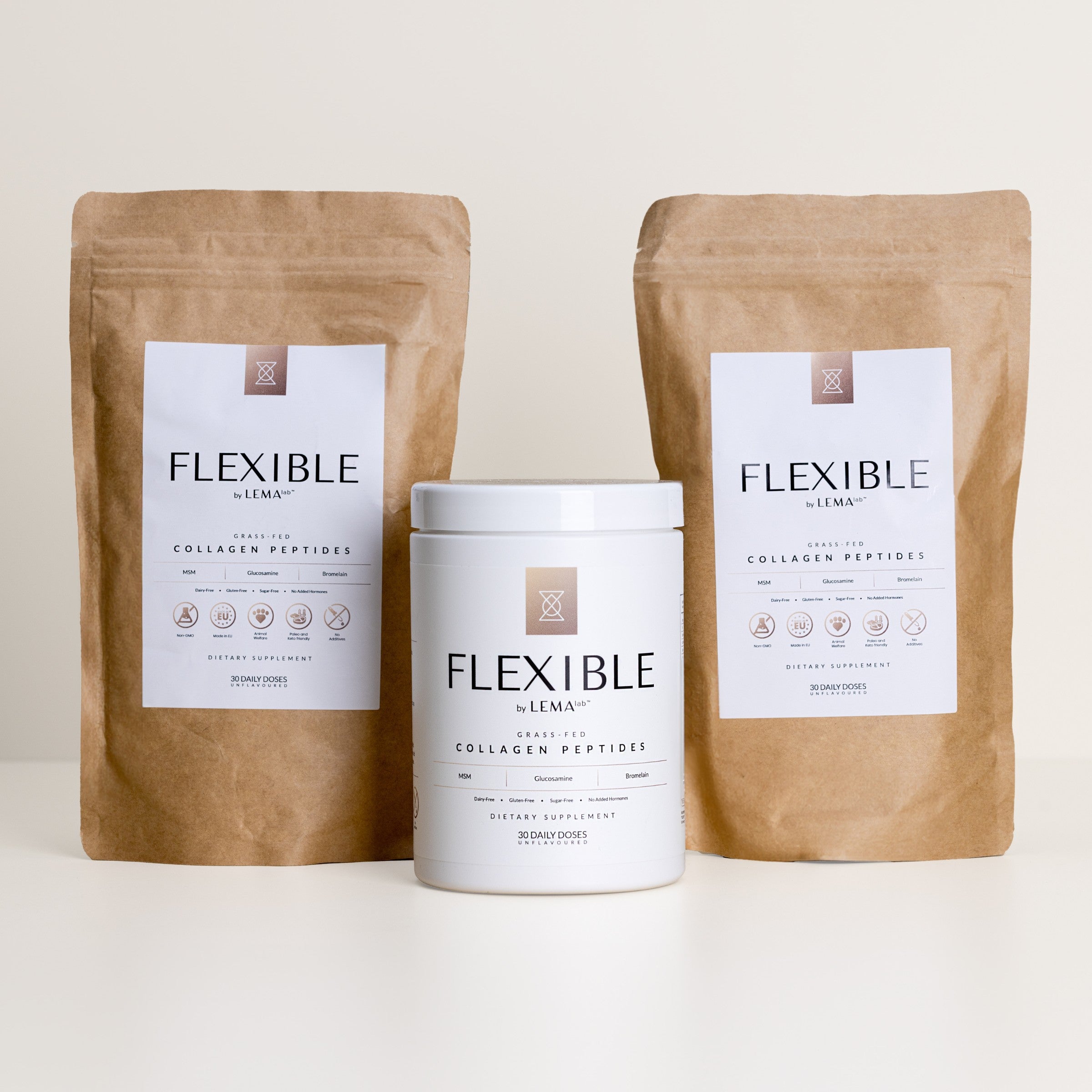

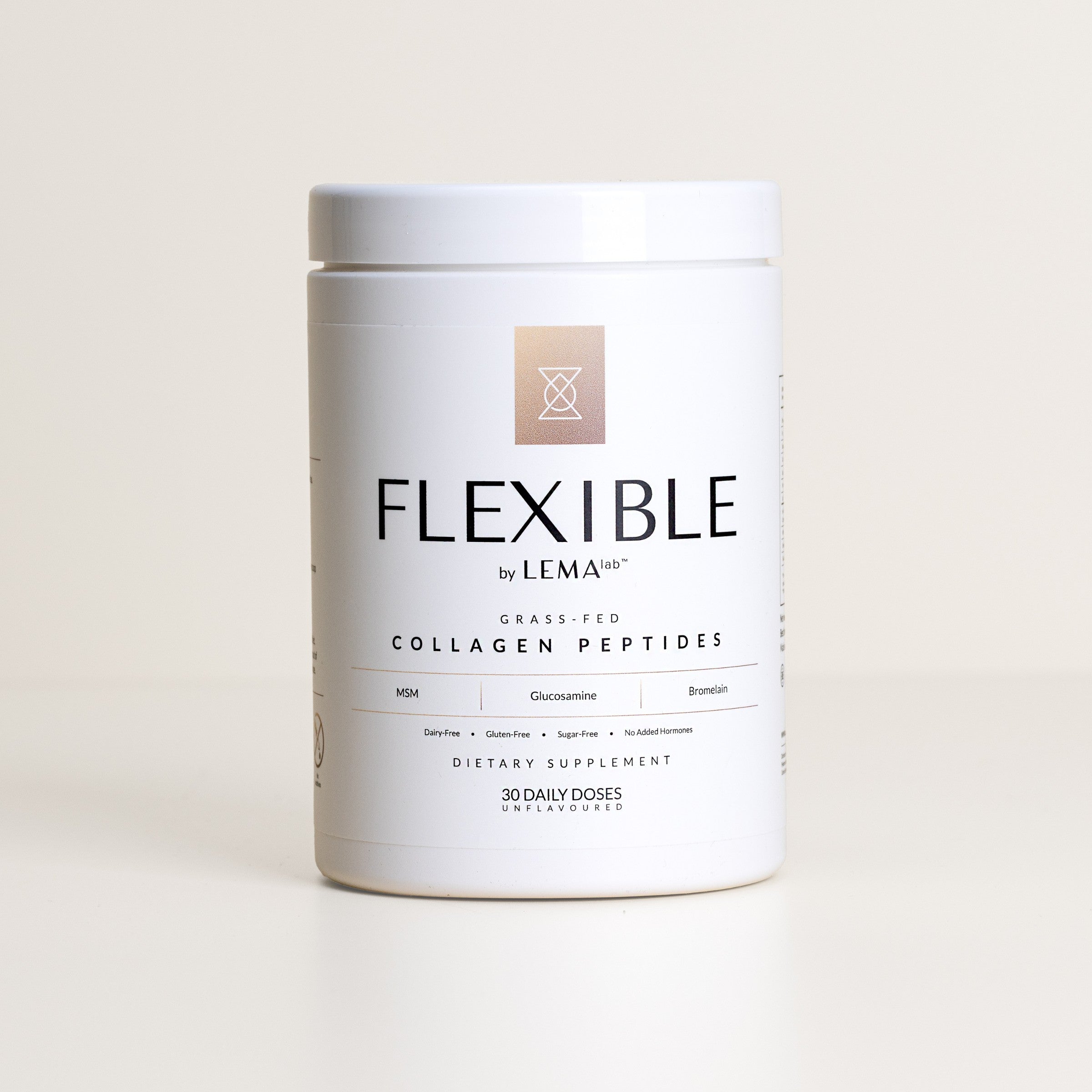
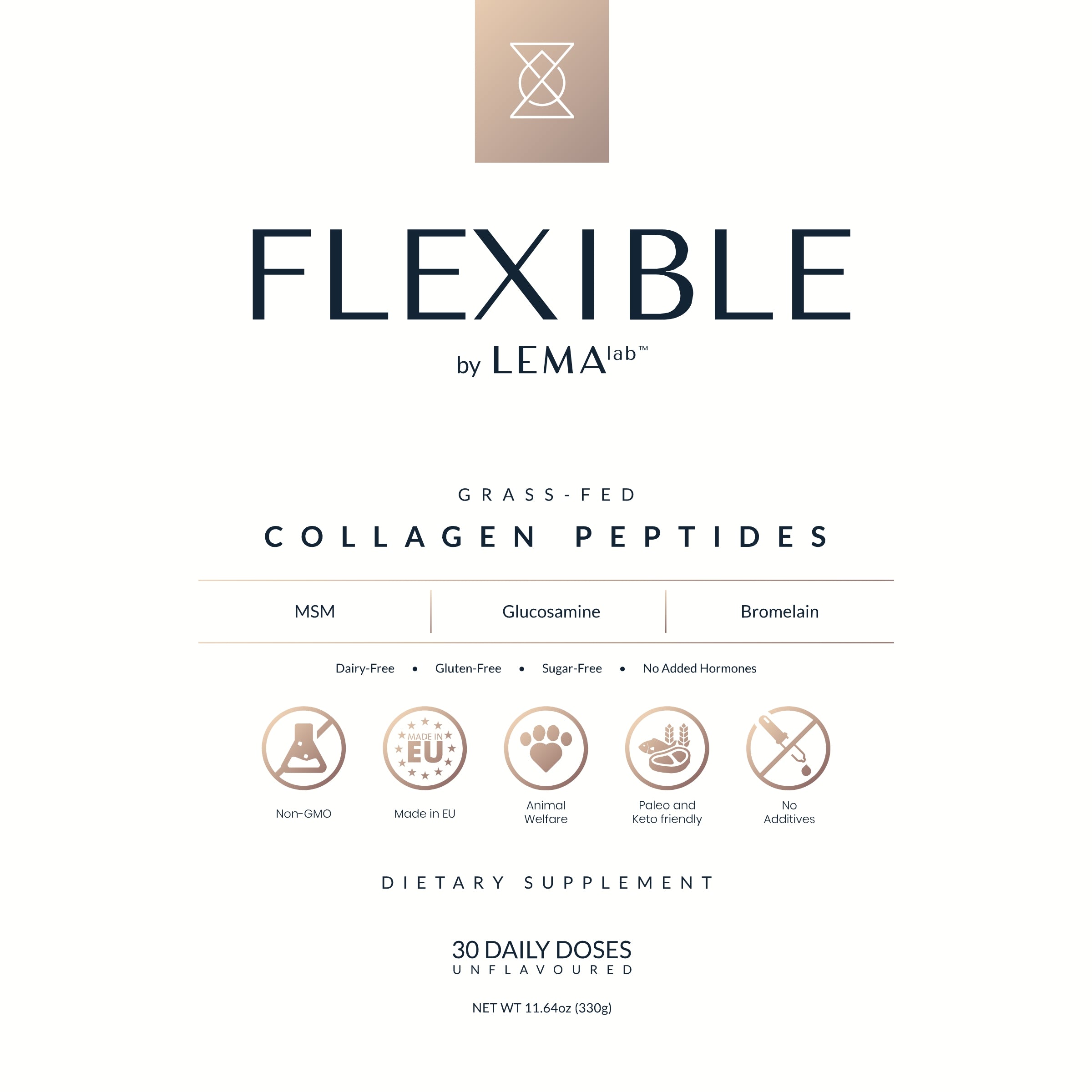
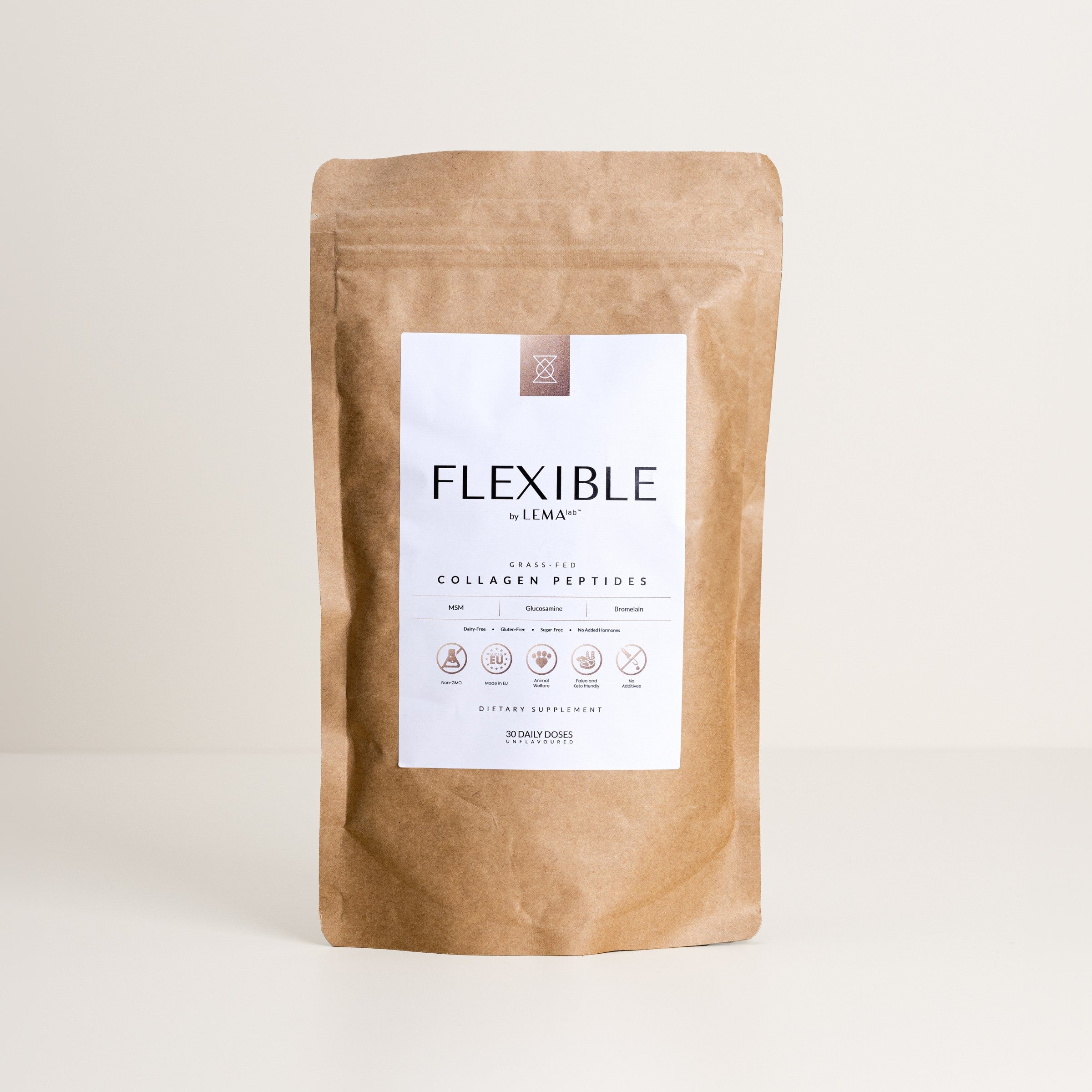
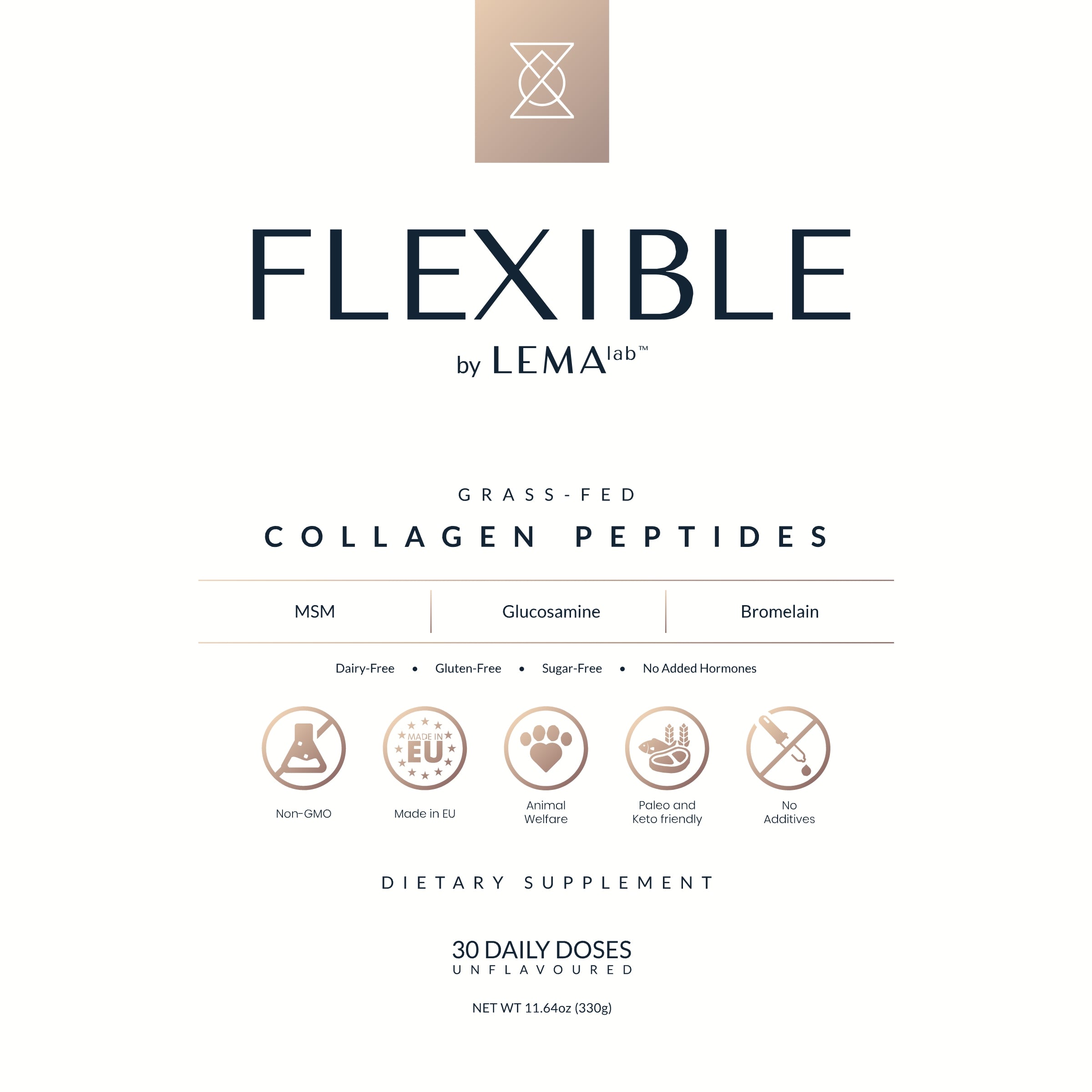
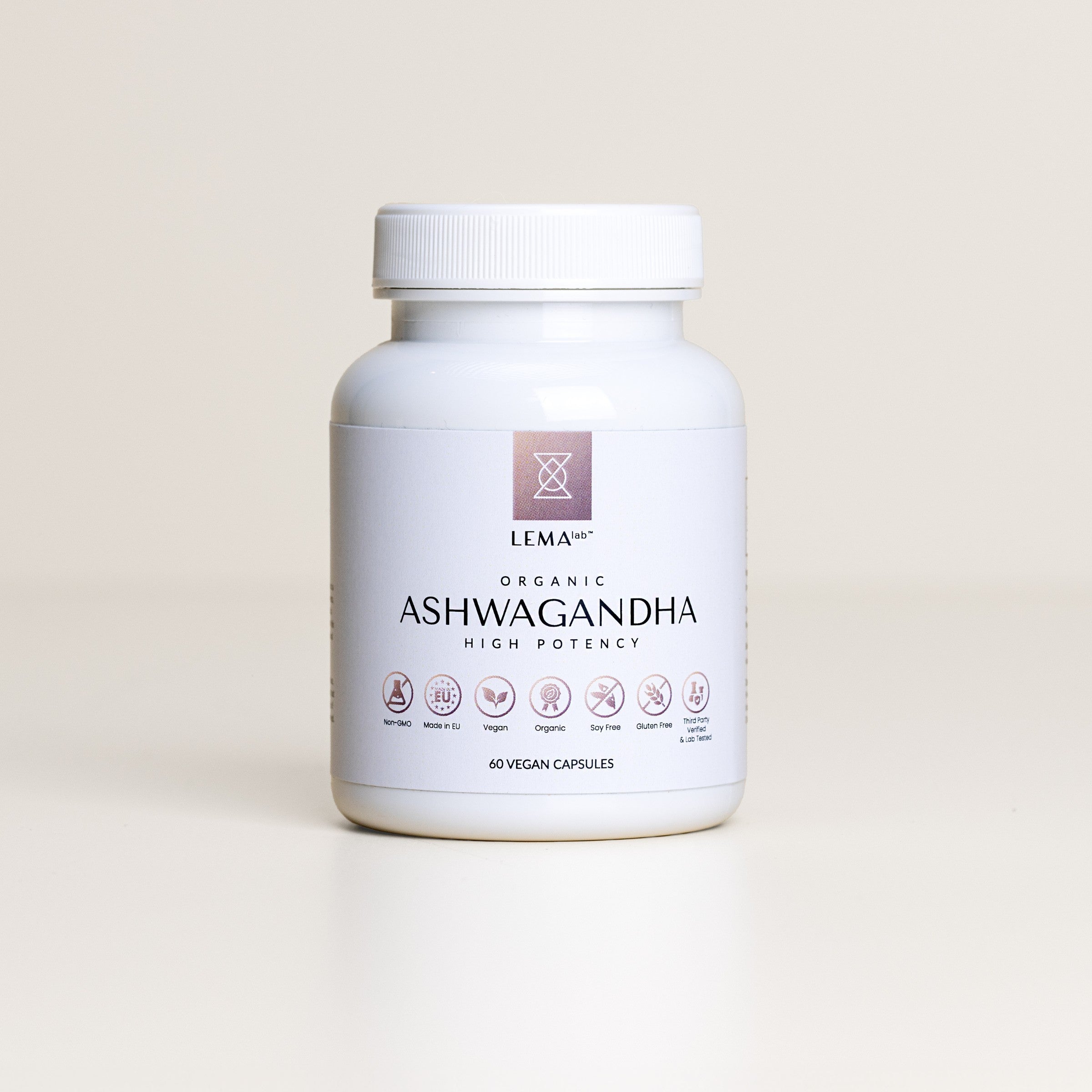
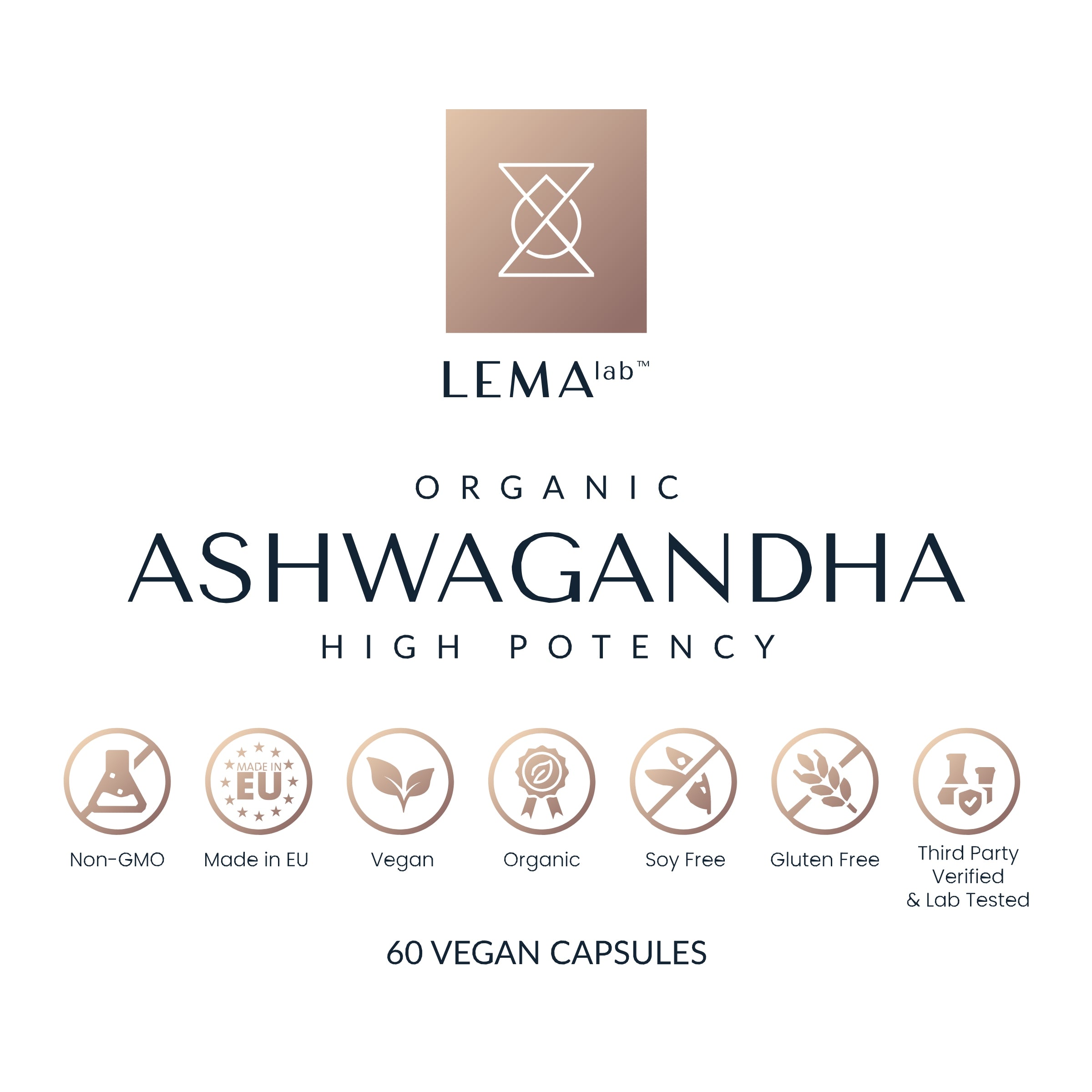
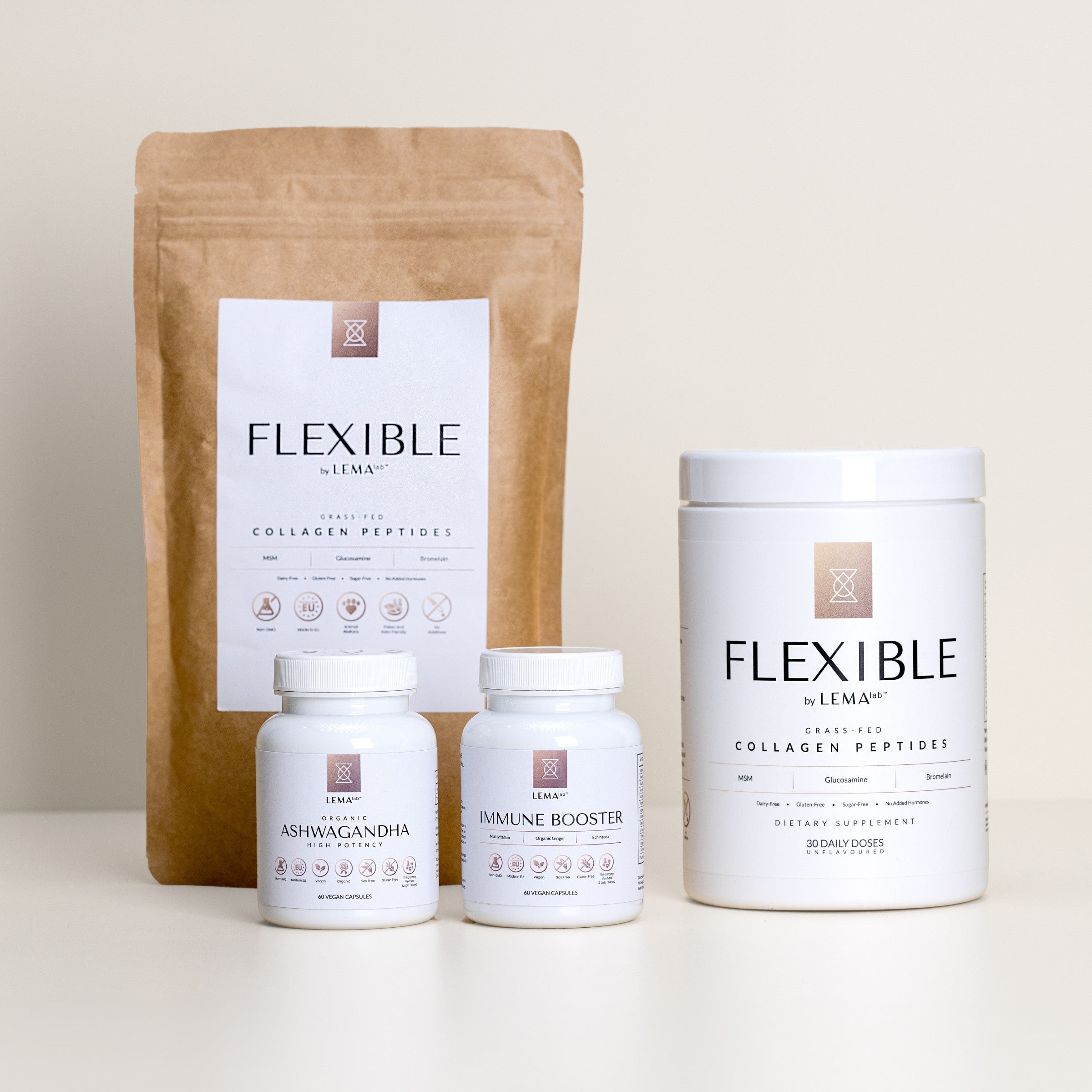
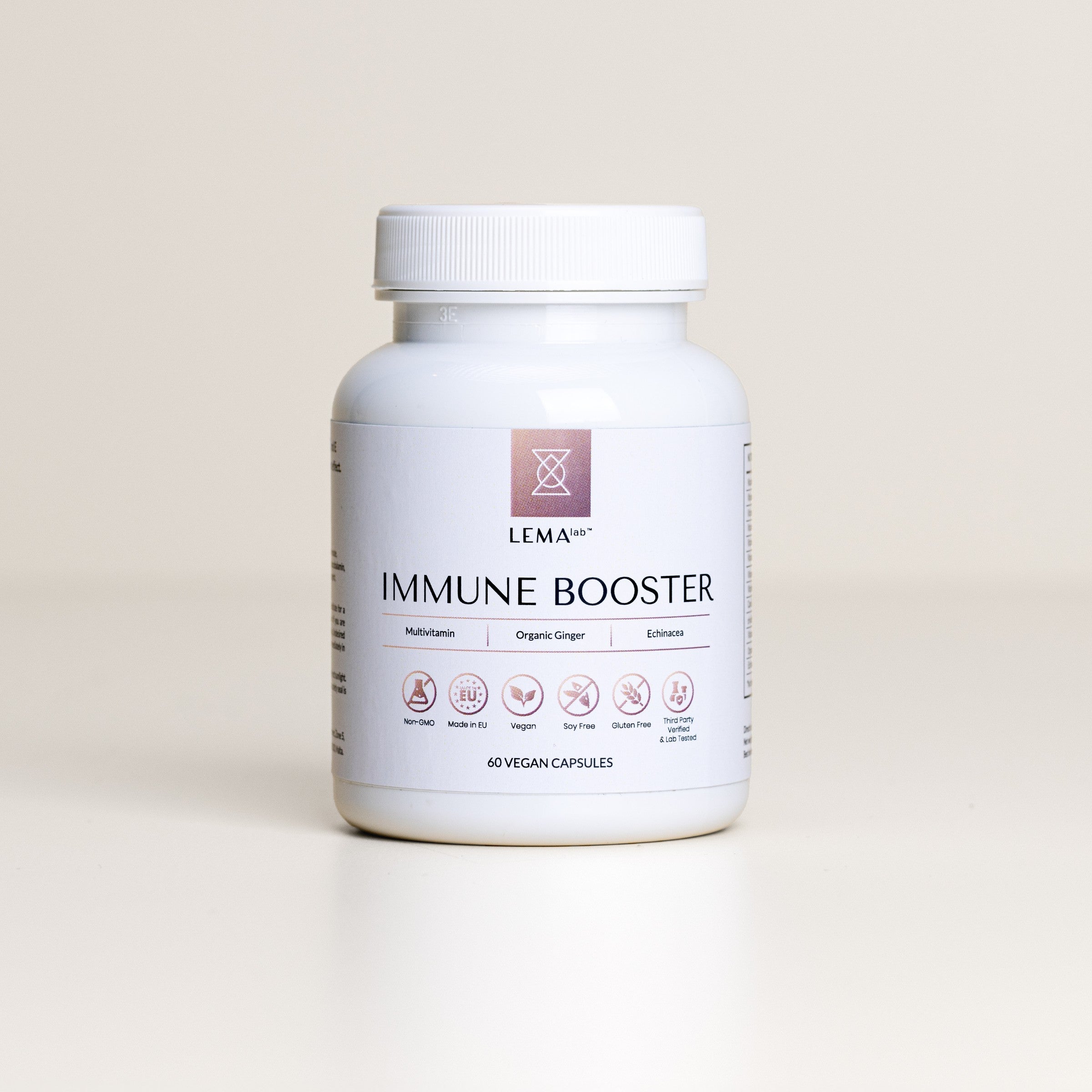
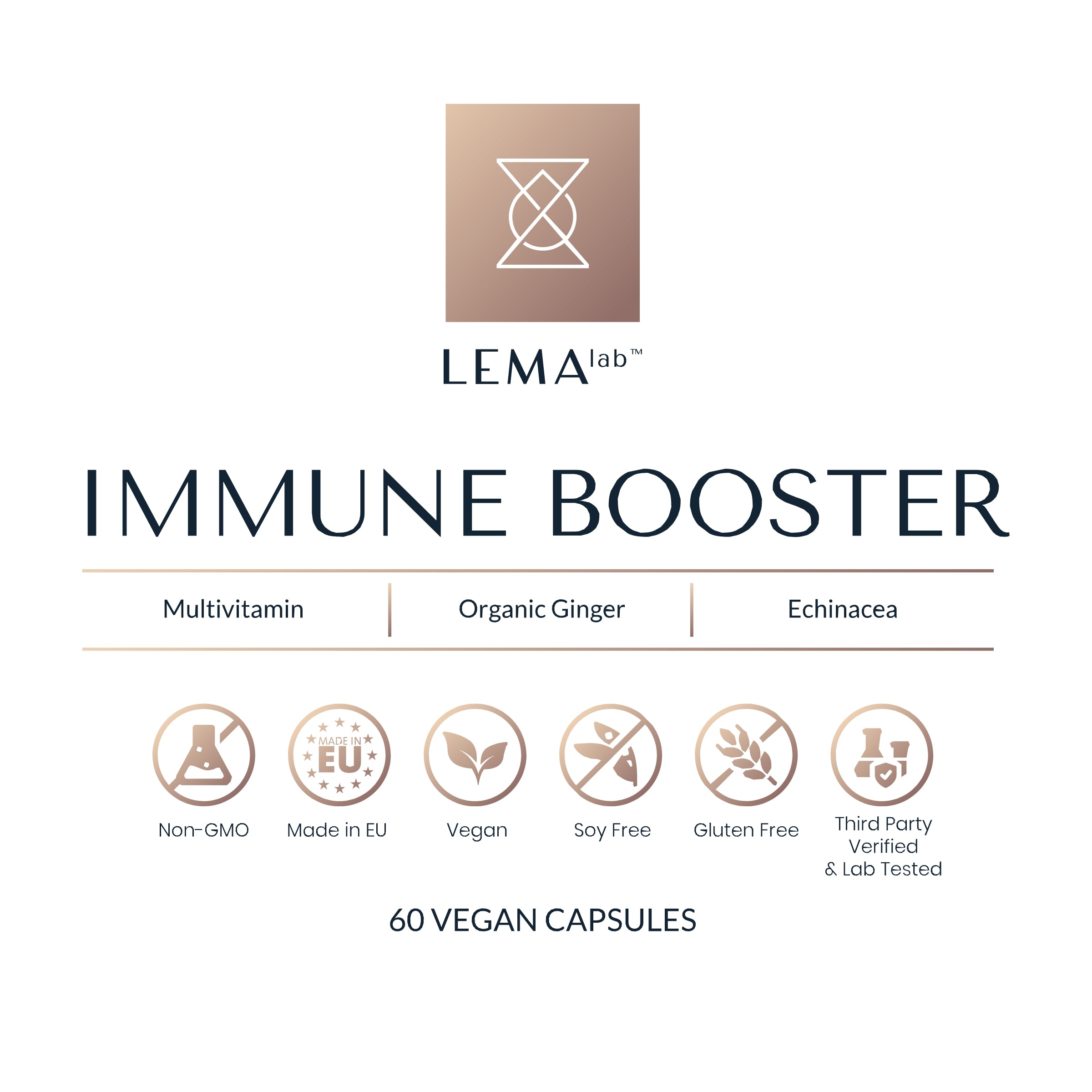
Leave a comment
This site is protected by hCaptcha and the hCaptcha Privacy Policy and Terms of Service apply.